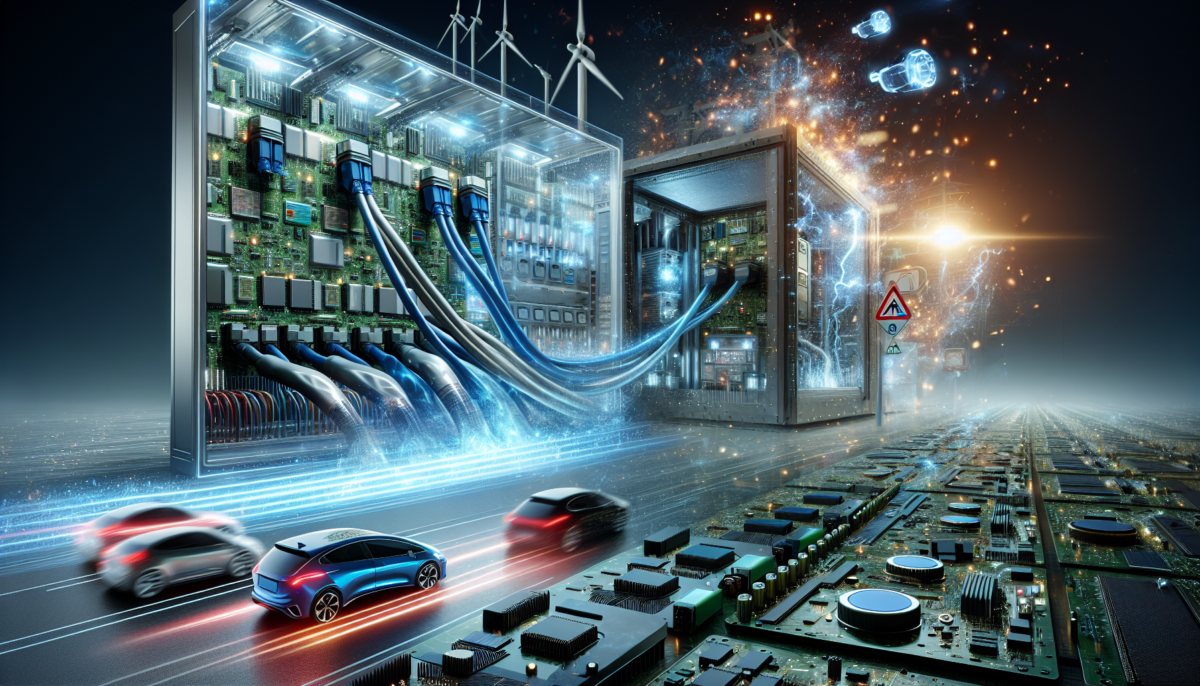Grok 4 Transforms Gaming: Develops, Engages, and Improves Games
We independently review everything we recommend. When you buy through our links, we may earn a commission which is paid directly to our Australia-based writers, editors, and support staff. Thank you for your support!
Rapid Overview
- xAI’s Grok 4 LLM aspires to revolutionise the gaming industry.
- Grok 4 leverages game engines such as Unity and Unreal Engine.
- AI-fueled game development may challenge conventional development teams.
- Possible transformation in the gaming sector with AI-generated distinctive IPs.
- Australian independent studios could gain from Grok 4’s features.
Pioneering New Frontiers in Game Design
This week signifies a pivotal moment in artificial intelligence and gaming as xAI introduced Grok 4, the most sophisticated Large Language Model (LLM) available. As the AI landscape rapidly progresses, the launch of Grok 4 marks merely the initiation of an innovative pathway.

Elon Musk’s Aspirations for AI in Gaming
During the Grok 4 Demo Livestream, Elon Musk disclosed ambitious intentions to incorporate Grok 4 into the game development process. By providing Grok 4 with tools like Unity and Unreal Engine, xAI seeks to empower the AI to create complex games that engage players and generate income.
Transforming the Game Development Approach
Historically, game development necessitates a team of experts proficient in diverse areas such as 3D modeling, animation, and gameplay mechanics. Grok 4 is poised to challenge this convention by autonomously managing all these elements. With thorough knowledge of gaming history and successful franchises, the AI can develop new, captivating games from the ground up.
From Development to Improvement
After a game is created, it usually experiences thorough testing and fine-tuning. Grok 4 not only designs games but also plays them, pinpointing bugs and iterating enhancements until the game reaches its peak potential. This automated process can pave the way for the development of revolutionary new intellectual properties.
Strategic Choices and Market Influence
A crucial consideration for xAI is the allocation of Grok 4’s resources. Whether to concentrate on one game or produce several titles simultaneously is a strategic choice that could influence the future of AI-enhanced game development.
The potential impact on the Australian game development landscape is significant. Grok 4 could democratise the availability of advanced game creation tools, enabling indie studios to embark on ambitious projects that were previously unattainable due to limited resources.
Overview
The introduction of Grok 4 by xAI establishes a new standard in AI-assisted game development. By utilising state-of-the-art tools and an understanding of gaming success, Grok 4 has the capacity to transform the industry, creating opportunities for innovation and rivalry. The Australian gaming scene may experience considerable shifts, with independent studios receiving powerful new resources to compete globally.















